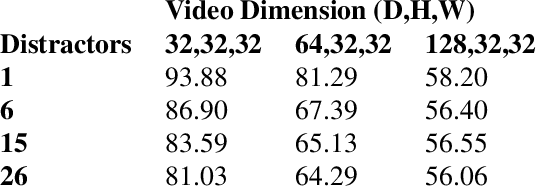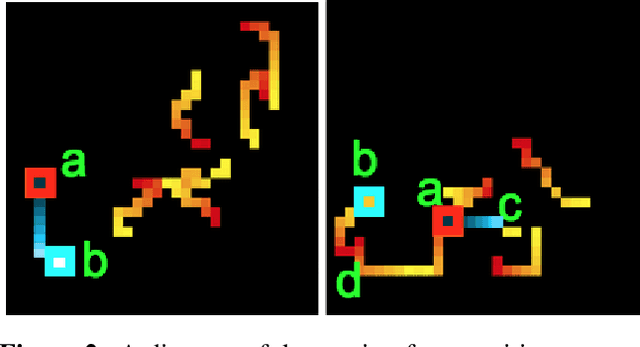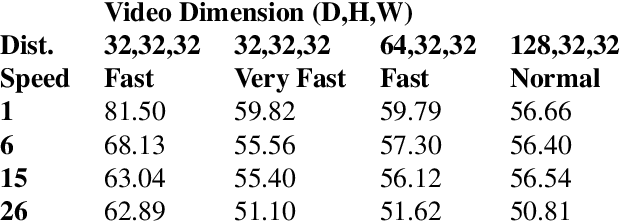The Challenge of Appearance-Free Object Tracking with Feedforward Neural Networks
Paper and Code
Sep 30, 2021



Nearly all models for object tracking with artificial neural networks depend on appearance features extracted from a "backbone" architecture, designed for object recognition. Indeed, significant progress on object tracking has been spurred by introducing backbones that are better able to discriminate objects by their appearance. However, extensive neurophysiology and psychophysics evidence suggests that biological visual systems track objects using both appearance and motion features. Here, we introduce $\textit{PathTracker}$, a visual challenge inspired by cognitive psychology, which tests the ability of observers to learn to track objects solely by their motion. We find that standard 3D-convolutional deep network models struggle to solve this task when clutter is introduced into the generated scenes, or when objects travel long distances. This challenge reveals that tracing the path of object motion is a blind spot of feedforward neural networks. We expect that strategies for appearance-free object tracking from biological vision can inspire solutions these failures of deep neural networks.
 Add to Chrome
Add to Chrome Add to Firefox
Add to Firefox Add to Edge
Add to Edge